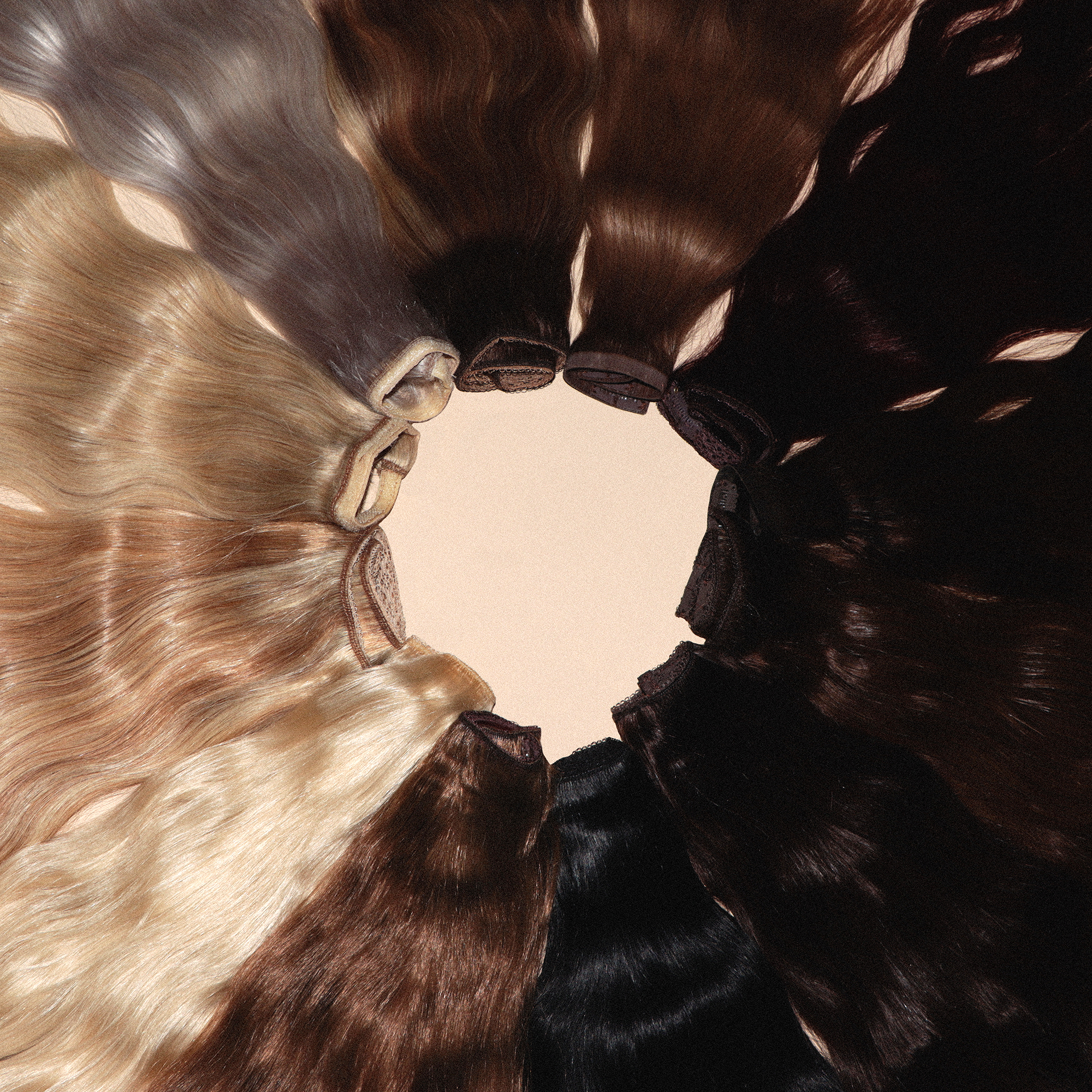Which Haircuts Blend Best With Hair Extensions?
Apart from the all-important color match, the key to the most natural-looking hair extensions is the cut and finish. Like most women, you may be wondering how long your hair has to be for extensions! You can work with pretty much all hair lengths with hair extensions, from short bobs to long layers. But blending very short hair with extensions can be quite challenging.

If you struggle with getting that blend right or getting the extension hair to lay naturally, these tips have you covered.
Long Layers
While short bobs maximize the utility of extensions in terms of hair length, the haircut that blends effortlessly with hair extensions is long layers. Long layers frame the face and add structure to your hair, which looks beautiful with the added volume courtesy of hair extensions.
Curls and Waves
Aside from long layers, if you are working with short or medium-length hair, it’s always a good idea to curl or wave them instead of just wearing them straight. Curls and waves give the hair a more cohesive look that effectively conceals any short hair strands or blunt edges.
Blending Your Hair Extensions: 5 Easy Steps
Moving on to the practical bit of the ordeal: how to blend hair extensionss. If you’re new to hair extensions, you may feel clueless about working with them and perhaps even overwhelmed. Fortunately, the right blending technique isn’t complicated.
Follow the steps given below to blend your extensions to perfection:
Step 1: Remove the Weight From Your Natural Hair, if Necessary
Generally, it is difficult to blend hair extensions with blunt cuts as they end up forming ledges that are readily noticeable against extensions. For this reason, it’s critical to prep your hair before walking out of the salon with your new hair extensions.
We recommend getting your stylist to cut off an inch or two of your natural hair to get rid of some of the weight. Doing so will ensure that your extensions will blend in properly with your blunt haircut. Do not panic at the shorter length: it’s part of the process and guarantees more aesthetically pleasing outcomes. Plus, you have extensions to help you reach new lengths!
Step 2: Shape the Front Part of Your Hair
It’s a good idea to shape your hair from the front as well as the back. This will ensure your extensions frame your hair nicely and blend in better with your natural hair in the front.
You can use a scissor to make slither cuts around the face where your natural hair starts. Depending on your preference and desired look, you’re free to go for a softer cut or something more drastic.
Step 3: Add Layers to Your Hair for Structure and Volume
Adding layers is an excellent way to make your hair look fuller and more voluminous, especially in the back section. Layers look more natural and give your hair extensions a better shape and feel.
As your natural hair grows out over time, your extensions can become unmanageable and create obvious steps in your hair. These steps will blend when styled but not otherwise. As such, it’s easiest to create layers so your hair looks cohesive and natural.
Step 4: Create Natural Edges in Your Hair
The blunt ends of hair extensions can be very unflattering; therefore, it’s important to create natural ends in your hair extensions. It is a good idea to use thinning scissors for the job. Soften the ends of your hair by going in a diagonal motion and flaring out the strands as you go.

Final Thoughts
When it comes to hair extensions, there is no one-size-fits-all option, as they all cater to different hair lengths, types, and textures. What may work for you may not necessarily work for someone else. And that is okay because the primary focus must be to create a soft, voluminous, and natural-looking mane. When in doubt, head over to your stylist for an expert approach to blending your extensions with your hair.
December 09, 2022

